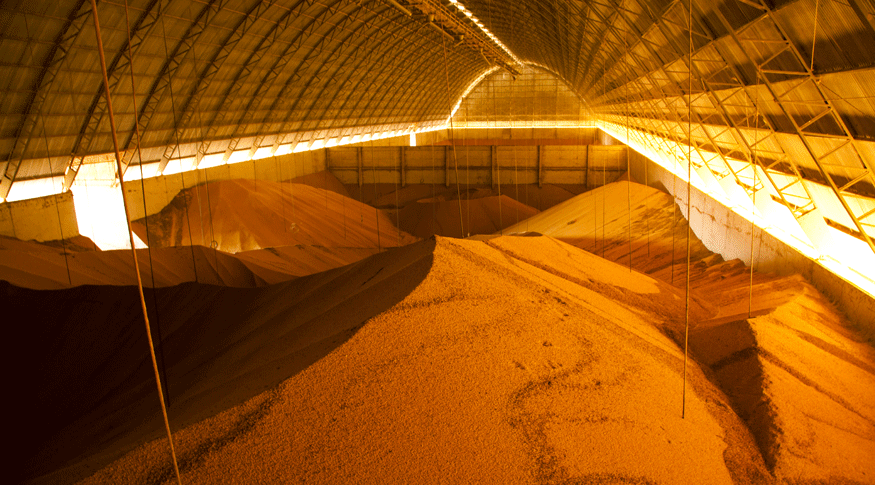Agricultural production
May figures reinforce record harvest estimate for 2020
June 09, 2020 09h00 AM | Last Updated: June 09, 2020 02h40 PM

The May estimate for the agricultural output in 2020 recorded a decrease of 0.5% against that in the previous month, as a result of the shortage of rainfall in the South, but it still remains at a record level. According to the Systematic Survey of Agricultural Production (LSPA), released today (9) by the IBGE, Brazil will have harvested 245.9 million metric tons of cereals, legumes and oilseeds by the end of 2020, an increase of 1.8% (by 4.4 million metric tons) against 2019. Rice, corn and soybeans account for 92.2% of that amount. However, the high dollar is an incentive for other crops, such as wheat.
Soybeans may surpass the record figure of 2018, with an output of about 119,4 million metric tons. That means an increase of 5.2% against the figure in 2019, but also a decrease of 1.4% in the volume estimated a month ago (April). Such a reduction was due to the shortage of rainfall in the South. “A severe and long drought has affected the Region, mainly Rio Grande do Sul, since December. The output in that state shrank 16,1% in comparison with the April estimate and 39.3% against the output of 2019”, Carlos Antônio Barradas, manager of the survey, points out.
Curreny has been beneficial to that oilseed, and has also made producers more interested in wheat. The estimated output for that cereal is 10.1% above that of April and 31.4% higher than in the previous year. “Half . So, the dollar appreciation has led to a rise of wheat prices, thus increasing interest in its production to replace part of the imported supply”, Mr. Barradas explains.
In Paraná, the main producer of wheat, accounting for 51.5% of the national output, the national production was estimated at 3.5 million metric tons, an increase of 65.9% against the output of 2019. In Rio Grande do Sul, the second main producer (35.7% of the national output), the estimate is 2.5 million metric tons, an increase of 7.2% against the previous year.
Among the Major Regions, the Central West is the leader as the main national producer of grains. The Region accounts for 47.2% of the national output, and is expected to harvest a total 116.0 million metric tons in 2020, followed by the South (29.8% participation and 73.4 million metric tons) and the Southeast, with 9.9% de participation (24.4 million metric tons). The Northeast, with 8.8% (21.5 million metric tons) and the North, with 4.3% (10.5 million metric tons) account, together, for less than the second-placed Major Region.
Among the biggest contributions came from Mato Grosso (28.6%), Paraná (16.4%), Rio Grande do Sul (10.8%), Goiás (10,3%), Mato Grosso do Sul (8.0%) and Minas Gerais (6.1%), which, were responsible for 80.2% of the national output.
Storage capacity increases 1.3% in the 2nd semester of 2019
Also released today by the IBGE, the Survey of Stocks shows the increase of 1.3% in the total useful storage capacity in Brazil, in the second semester of 2019, against the previous one, having reached 177.7 million metric tons. Mato Grosso maintains the biggest storage capacity in the country: 44.5 million metric tons. Paraná and Rio Grande do Sul are in the second and third positions, with 32.3 and 32.2 million metric tons, respectively.
As for the types of storage, the survey shows that silos prevail, with a total 86.6 million metric tons (48.7% of the total useful capacity), followed by bulk warehouses, which reached 66.7 million metric tons of useful capacity and conventional, structural and inflatable warehouses, with 24.5 million metric tons.




















